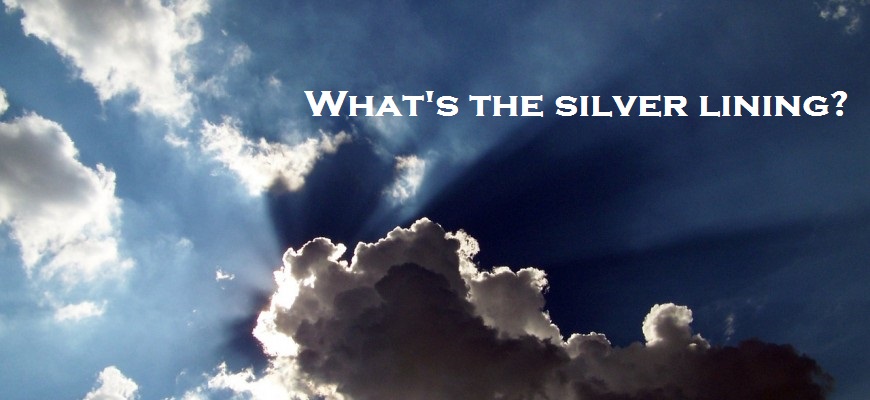It’s tough out there right now. That’s undeniable. The novel coronavirus; Covid-19, the ‘rona—however you choose to refer to it—is dramatically altering the structure of our everyday lives with orders of social distancing, curfews, quarantines, lockdowns, and more.
It can feel easy to fall into despair (said with big Werner Herzog vibes). However, as vital as it is to act with vigorous responsibility for the good of everyone, and like we’re actually in the midst of a pandemic, it’s equally important to search out the silver linings for our own sanity and mental well-being.
The silver lining painting the vistas of my quarantined introspection have come from stories I’ve learned that delineate the incredible and persistent drive of teenagers to break rules, no matter the culture, country, or decade. And in most cases, this drive is spurred by the deeply motivating power of boredom.
Over the past few months, I’ve been marvelling at the banal ingenuity of teenagers—Gen-Z in their current incarnation, but a rose by any other name still smells like teen spirit. I’ve been tracking articles and tweets that demonstrate the clever ways in which teens push back against rules to accomplish their goals.
A year ago, Taylor Lorenz wrote a piece titled “The hottest chat app for teens is … Google Docs.” The piece outlined how Google Docs had become the modern version of the surreptitiously passed, and intricately folded, paper notes used in my own youth. Similarly, a video of two teen girls swapping Air Pods to communicate with each other using the dictation feature on Google Translate was getting more than 2.9 million likes on TikTok.
As someone who helps companies develop new products and features, I find this teenage ingenuity deeply fascinating. If you look at teenagers anywhere, you’ll get case study upon case study of people going way outside of the intended use cases of products. It’s all kinds of rule breaking piled on top of itself— breaking the intention of the designers, flouting the rules of their schools, going against the will of direct authority figures—it’s turtles all the way down.
And then the novel Coronavirus struck, and a story emerged from Wuhan, China. Still stuck in extended quarantine and strict social distancing, students were told they would have to attend school virtually, using an app called DingTalk which Alibaba engineers hastily reconfigured to accommodate students across the regional school system. As anyone who’s prayed for a second consecutive snow day knows, no one wants to go back to school after a break. So, the teens did what any self-respecting teenagers would do—they mutinied. By collectively bombing app reviews en masse, they triggered an algorithmic removal of the app from the platform.
So, why do these stories give us hope?
Teenagers—who in this age are the deeply technologically-empowered Gen-Z—have always bristled against the constraints of authority. As teens are coming into their own identity, they’re constantly testing and asserting themselves against constraints. In many ways, the examples above are quintessential. Young people, deeply motivated by—something, are constantly finding new ways to circumvent their circumstances. But I’m particularly intrigued by the fact that American teens were using technology to socialize—behavior that is inextricably central to teenage life—in forbidden contexts. Chinese teens, quarantined to their homes with few diversions, are deeply motivated to not make their situation any worse by being forced to do their homework.
There is one thing both American and Chinese teens possess: boredom. Whether trapped in a classroom and resorting to communicate through Google Docs, or sequestered to your parents’ home forced to engage in remote learning—these teenagers are wildly bored, and desperately grasping for some way to alleviate that sensation.
This cocktail of constraints and boredom is a potent trigger for innovation.
Constraints
Let’s start with constraints. According to an article in Harvard Business Review written by three authors who conducted a meta-analysis of 145 studies on constraints, while people tend to intuitively believe constraints stifle creativity, they actually have the opposite effect. In situations without constraints—for example, pressures on time, money, process, etc.—“complacency sets in, and people follow what psychologists call the path-of-least-resistance—they go for the most intuitive idea that comes to mind rather than investing in the development of better ideas.”
Constraints are, in a way, a reverse Occam’s Razor—a force that removes the most obvious and mundane solutions from the table. With constraints, we’re forced to recalibrate and search for ways to solve problems that already have simple solutions. The easiest solution for the teens with the AirPods or Google Docs would just be to speak to each other across the classroom. However, they’re constrained by the fact that in that situation they’d disrupt the class and likely face reprimand. And so, they bend the technology at their disposal to create new solutions.
Boredom
As it turns out, boredom is a lot more complex than the language we use for it. According to one study, there are actually five levels of boredom: indifferent, calibrating, searching, reactant, and apathetic. The levels of boredom can be mapped on an axis of how negative they feel, and how moved you are to do something about it. For our purposes, level three (searching) and level four (reactant) are the most relevant. People experiencing calibrating or reactant boredom both feel negatively about their state, and are highly aroused to do something to alleviate that feeling.
If you can remember that sensation of shaking cobwebs in an English lecture from a teacher who was as disinterested in the resolution of Gene and Finny’s internal conflicts in A Separate Peace as you were—that was likely calibrating. On the other hand, that searching feeling, that bouncing leg, the desperation to find anything interesting—that is the type of boredom that leads to creativity. You’re so motivated to alleviate it, you start coming up with solutions break free—like chatting with your friends in the comments of a Google Doc.

Boredom creates moments where your mind begins desperately searching. You’re hungry for stimulation, and so you begin to search the recesses of your mind, reaching out and hoping something grabs you by the hand. This searching is what inspires creativity.
Creativity in the time of the coronavirus
As I entered day six of cloistering with my family in our Brooklyn apartment, things were getting uncomfortable. Life is being (justifiably) constrained. Our new normal is a massive constriction of daily routines and a contraction of social interaction, freedom of movement, and space. I can feel myself becoming itchy within the walls.
And this is where I see that silver lining.
This might be the way of the world for a while. Today’s itch is only a mosquito bite, but in a few weeks might feel more like poison ivy. A massive amount of people are being collectively forced into conditions not unlike those teenagers I keep reading about. We’re bored, we’re restless, we’re constricted, and desperate to invent new things to pull us away.
The difference, of course, is the gravity of the situation we find ourselves in. How did society manage to become so powerful, and remain so fragile? Why were we so slow to react? How do we protect ourselves so this doesn’t happen in the future? How can we be better?
If these are the questions on our mind as we all plunge into a state of deeply constrained boredom, despite our losses, maybe when we emerge from this pandemic, we will be holding the new ideas we need to create a better future.
That’s our silver lining.

